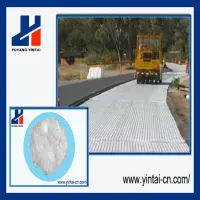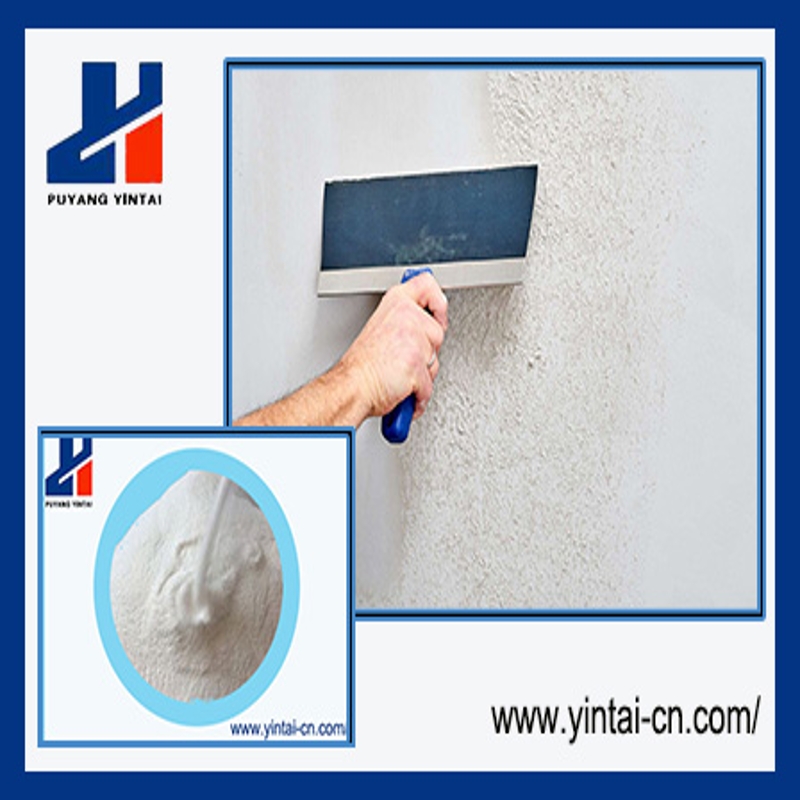-
Categories
-
Pharmaceutical Intermediates
-
Active Pharmaceutical Ingredients
-
Food Additives
- Industrial Coatings
- Agrochemicals
- Dyes and Pigments
- Surfactant
- Flavors and Fragrances
- Chemical Reagents
- Catalyst and Auxiliary
- Natural Products
- Inorganic Chemistry
-
Organic Chemistry
-
Biochemical Engineering
- Analytical Chemistry
- Cosmetic Ingredient
-
Pharmaceutical Intermediates
Promotion
ECHEMI Mall
Wholesale
Weekly Price
Exhibition
News
-
Trade Service
Lithium aluminum tetraoxide, also known as lithium aluminum hydride , lithium aluminum hydrogen, abbreviated as LAH, is a kind of composite hydride, white or off-white crystal, molecular formula is LiAlH 4 , it is extremely active and extremely flammable dangerous goods
1.
(1) It is relatively stable in dry air, but when heated or directly in contact with moisture, water, alcohol, and acids, it will cause an exothermic reaction and release hydrogen to burn or explode
(2) Do not use tetrahydrogen lithium aluminum to dry DMSO, DMF or halide, otherwise it will catch fire
(3) In case of a small fire caused by tetrahydrogen lithium aluminum, it is recommended to cover it with dry yellow sand
Due to the unsafe storage and use of lithium aluminum tetrahydrogen, when it is used in large quantities in laboratories or industrially, it is often used as a derivative of lithium tetrahydrogen bis(2-methoxyethoxy) aluminum sodium hydride (red aluminum ) As a reducing agent to replace tetrahydrolithium aluminum, it is relatively safe, and can obtain almost the same reduction effect and yield as tetrahydrolithium aluminum
2.
(1) Lithium tetraoxide aluminum oxide will quickly absorb moisture in the air, release heat and burn, and the countertop should be kept dry during weighing and feeding
(2) The reaction instrument must be dried in advance, and it can be weighed only when it is all ready
(3) Generally, the reaction flask is filled with inert gas first, and then anhydrous solvent (usually tetrahydrofuran) and lithium aluminum tetrahydrogen are added.
(4) The reaction bottle should neither be rigidly sealed, nor should it be sealed with a balloon
(5) It is recommended to use mechanical stirring for reaction flasks of 1000mL and above, and note that the upper outlet of the condenser tube should be far away from the mechanical stirring motor.
(6) For reactions involving a large amount of tetrahydroaluminum lithium, first dissolve the product in THF, and then slowly add it dropwise to the THF solution containing tetrahydroaluminum lithium
(7) Before and after the quenching agent is dropped, stir thoroughly and keep the inert gas circulating in the reaction flask
Ideal processing mode: LiAlH 4 +2H 2 O=LiAlO 2 +4H 2 ↑
Bad mode: LiAlH 4 +4H 2 O=LiOH+A1(OH) 3 +4H 2 ↑
Related links: metal organic compounds and the reactions involved







